
Always Close the Bathroom Door When Not in Use — I Regret Not Knowing This Sooner in My 30 Years of Life
Always Close the Bathroom Door When Not in Use — I Regret Not Knowing This Sooner in My 30 Years of Life
Whether you keep your bathroom door open or closed can directly affect how bacteria and mold spread throughout your home.![]()
A study by the American Society for Microbiology found that each cubic centimeter of air in a bathroom can contain up to 2 million bacteria, including dangerous types like E. coli (intestinal bacteria) and Staphylococcus aureus (which causes skin, respiratory, and digestive infections). This means that even if you clean regularly, your bathroom remains a hotspot for health risks.
Experts say that the decision to leave the bathroom door open or closed has a significant impact on how bacteria, mold, and odors spread. Each option has its pros and cons depending on your home’s ventilation and layout.
If You Want Better Ventilation and Less Mold → Keep It Open
Leaving the bathroom door open improves air circulation and reduces humidity — the main factor behind mold and bacterial growth. In a closed space where humidity stays above 70%, metal surfaces oxidize and rust 3–5 times faster. Conversely, by keeping the door open for ventilation, you can maintain an ideal humidity level of 50–60%.
Sunlight, especially UV rays, entering through windows or vents also acts as a natural disinfectant, reducing up to 70% of surface microbes on tiles and fixtures. This keeps your bathroom dry, fresh, and less likely to develop that musty odor common in enclosed bathrooms.
If You Want to Contain Germs and Odors → Keep It Closed
Closing the bathroom door also has clear advantages. It prevents odors and moist air from spreading to other parts of the house — particularly the kitchen or bedroom.
More importantly, when you flush the toilet without closing the lid, tiny droplets containing bacteria are released into the air and can linger for hours — a phenomenon known as the “toilet plume.”
If the door is open, these aerosolized particles can easily spread outside, tripling the risk of cross-contamination.
When you close the door and turn on the exhaust fan, negative pressure is created, which accelerates moisture and odor removal — improving efficiency by up to 50% compared to simply leaving the door open. Plus, it helps maintain indoor temperature, reducing energy loss from air conditioners or heaters.
The Best Approach: Balance Both Methods
According to experts, the ideal solution is to combine both practices. After showering or using the bathroom, leave the door open for 10–15 minutes to ventilate and let moisture escape. Then, close it slightly and keep the exhaust fan running for another 10 minutes.
This keeps humidity below 60%, prevents odors, and limits bacterial and mold growth.
Additional Hygiene Tips for a Healthier Bathroom:
-
Keep toothbrushes at least 1 meter away from the toilet and store them in closed containers to avoid contamination from the “toilet plume.”
-
Hang towels in well-ventilated areas, not behind doors or near the floor where moisture accumulates.
-
Avoid storing skincare products or cosmetics in the bathroom, as high humidity can degrade their active ingredients.
-
Clean at least once or twice a week using disinfectants containing chlorine or other safe antimicrobial agents.
Clearly, whether your bathroom door is open or closed is more than just a habit — it’s a key factor affecting your family’s health and indoor air quality. Maintaining a balance between ventilation, disinfection, and humidity control is the secret to keeping those “invisible millions” of bacteria in your bathroom under control.
News in the same category


Okra is great for your health, but not everyone reacts to it the same way

Whitmore's 'flesh-eating bac.teria' cases increase: Who is vulnerable?

If You Find This Insect in Your Home, Here’s What It Means

Doctors Reveals That Eating Apples Causes

What are the health consequences of dehydration?
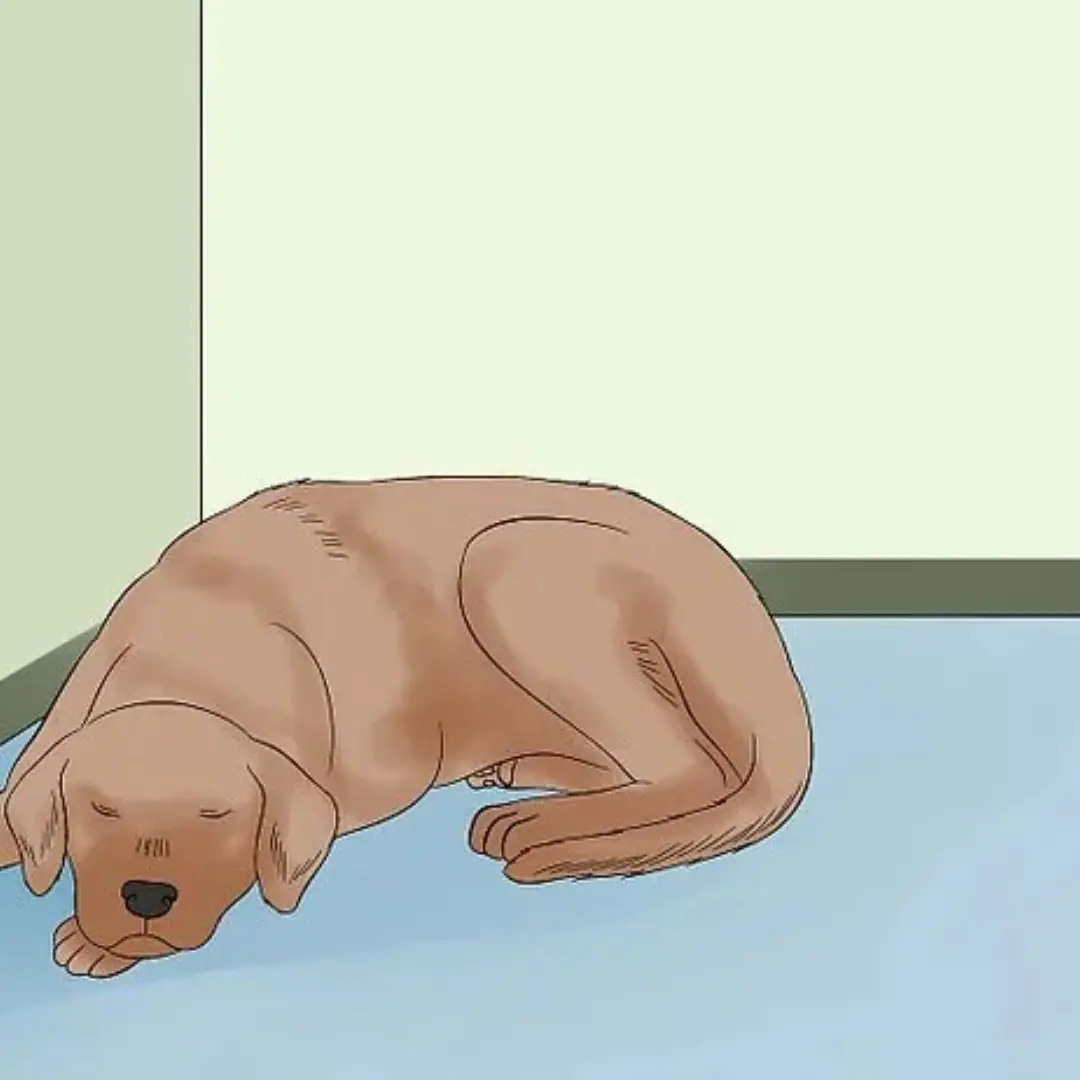
Heartbreaking but Important: Subtle Signs Your Dog May Be Nearing the End of Life

Put a piece of garlic in the middle of the tree, it has great uses, everyone will want to do it
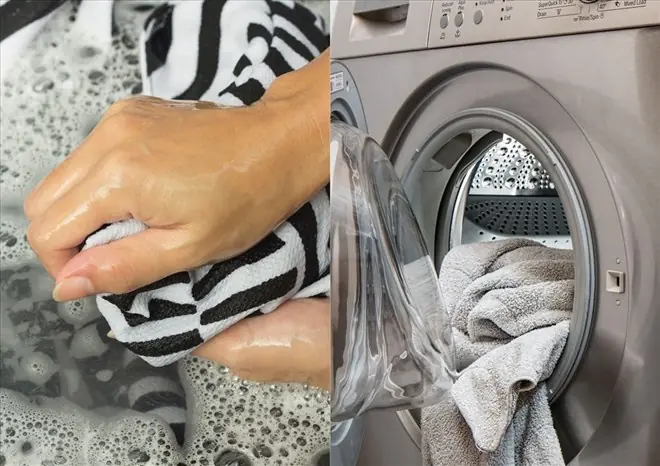
Save a Ton of Electricity Just by Pressing One “Special” Button on Your Washing Machine — Many People Use It for Years Without Knowing

Why Do Flight Attendants Choose to Stay at a Hotel Instead of Going Straight Home After Landing?

Cardiologist answers questions about clip instructing stroke check with finger that has millions of views on social networks

Many people think it's for decoration!

What it says about your relationship when your partner sleeps with their back to you

When Someone in the Family Passes Away, Never Throw Away These 4 Things at Their Funeral
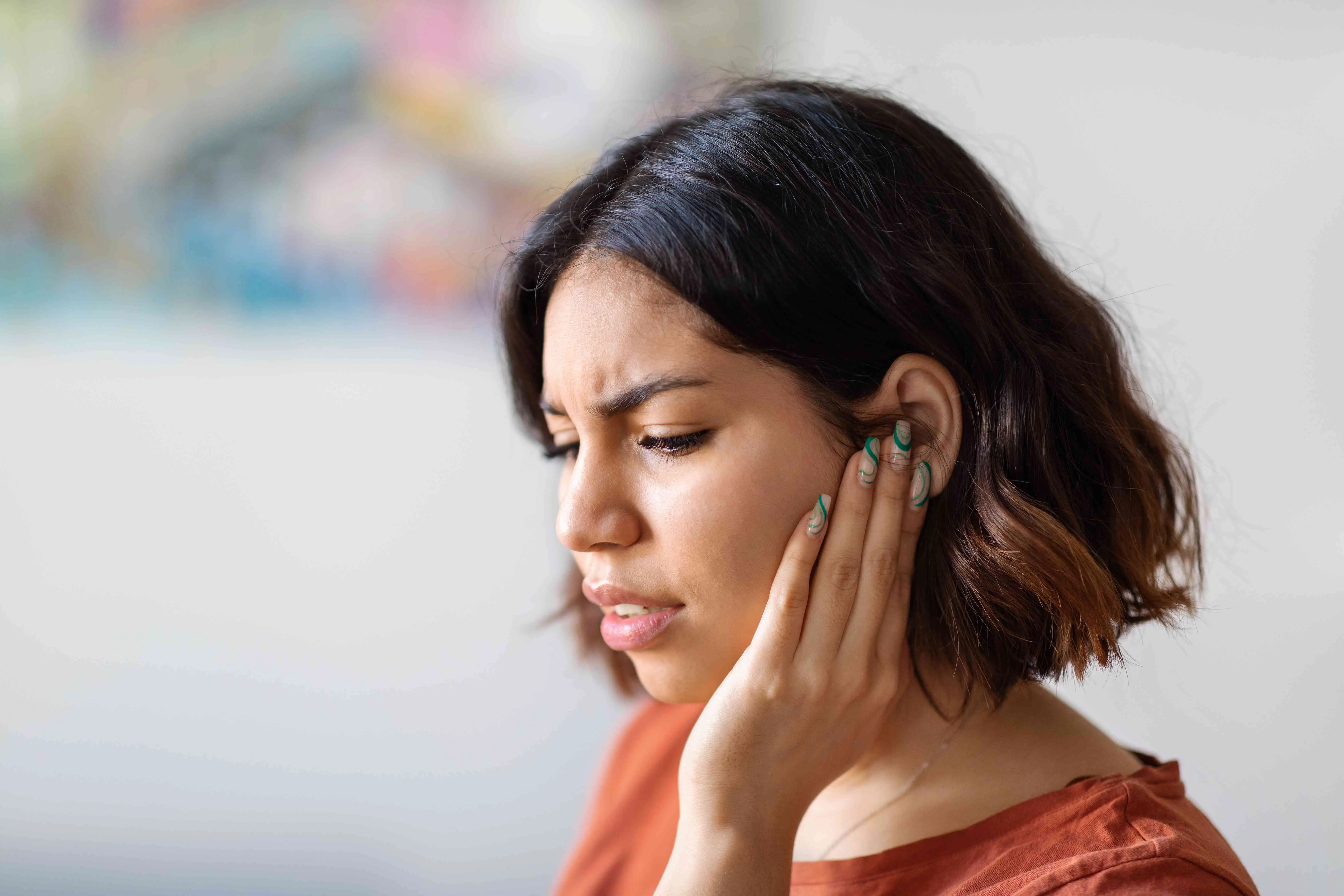
If you hear ringing in your ear, this is a sign that you will suffer from...

When a cat rubs against you, this is what it means

Why do dogs often chase strangers

5 bad habits that increase the risk of str.oke at night

The Silent Mystery of Seat 11A: From the Most Hated Spot to a “Lucky Charm” That Saved the Only Survivors of Two Air Disasters
News Post

To Prevent Colon Can.cer, This Is the First Thing You Need to Do

Shrimp & Pork Ball Bowl with Shimeji Mushrooms

Heart Surgeon Reveals: Eating Eggs Every Day May Help You Live Longer

The Surprising Benefits of Eating Boiled Sweet Potatoes for Breakfast: How Your Body Can Change Over Time

29-year-old girl hospitalized for bleeding duodenal ulcer: Doctor warns of 2 harmful habits

Hair loss: Doctor points out 3 mistakes when washing and drying hair and 4 ways to fix them

The truth about hotel mirrors, check now to ensure safety
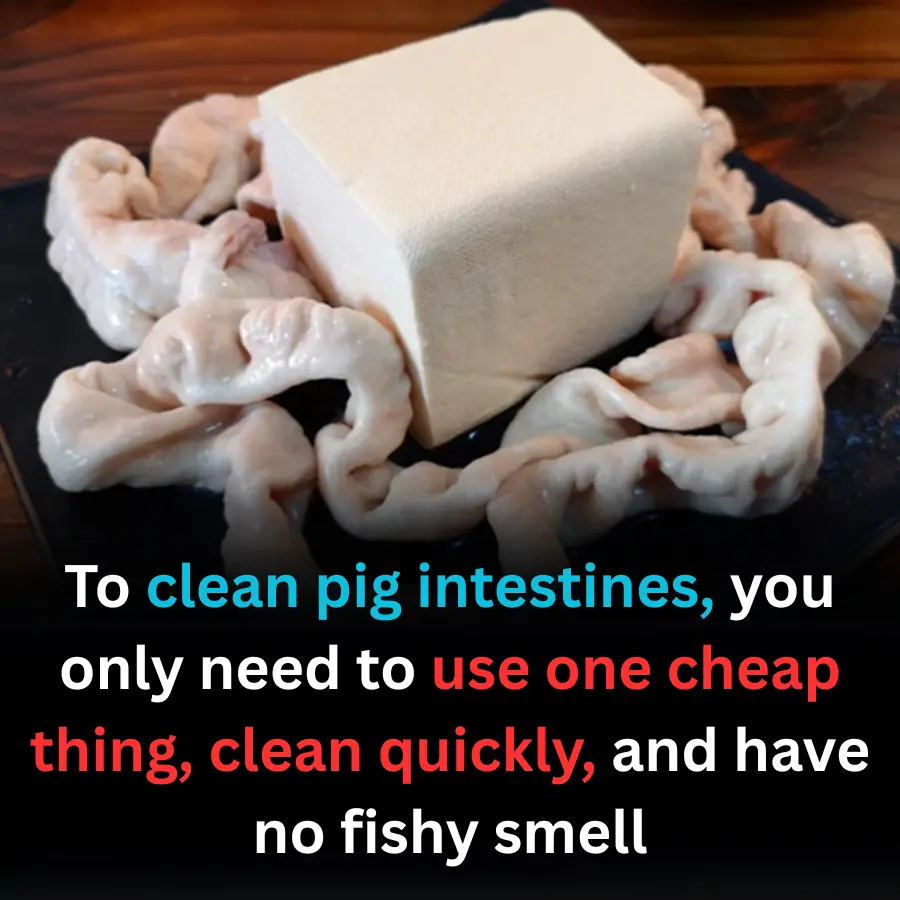
To clean pig intestines, you only need to use one cheap thing, clean quickly, and have no fishy smell

5 groups of people advised not to consume bread

Reasons why you shouldn't open your bedroom door at night
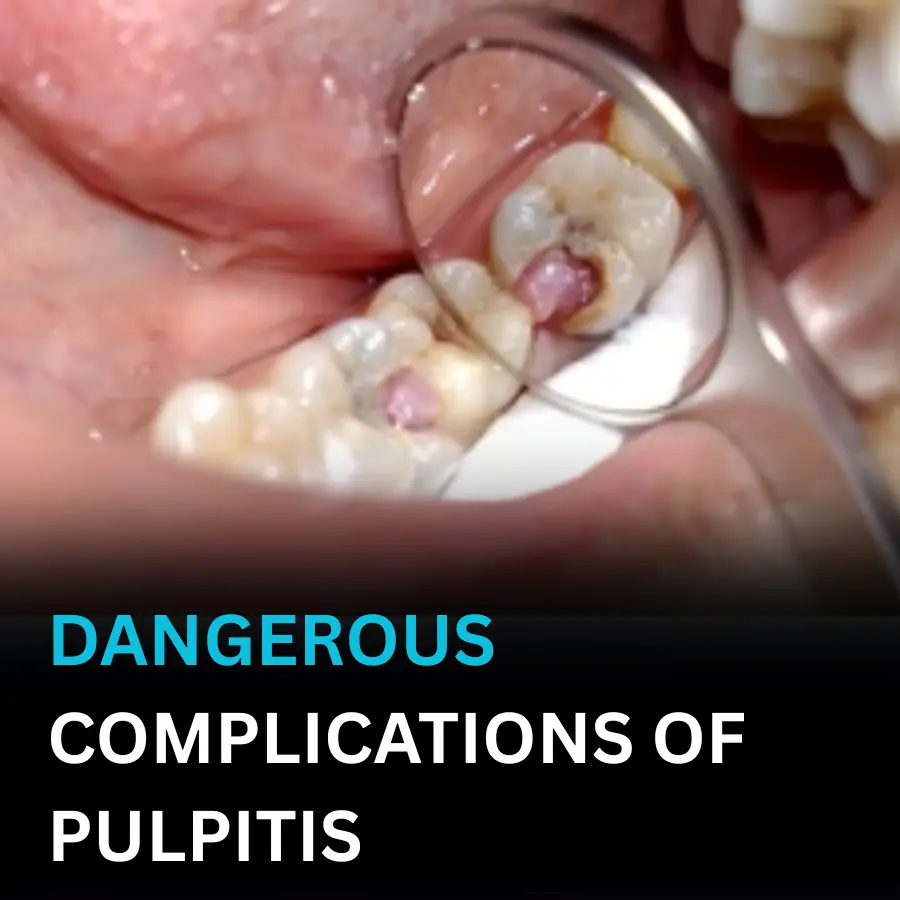
DANGEROUS COMPLICATIONS OF PULPITIS

Butter Steak Bites with Mashed Potatoes & Glazed Carrots – A Comfort Plate With Serious Flavor

What causes black thorn disease?

Baked Sweet Potatoes with Garlic Butter.
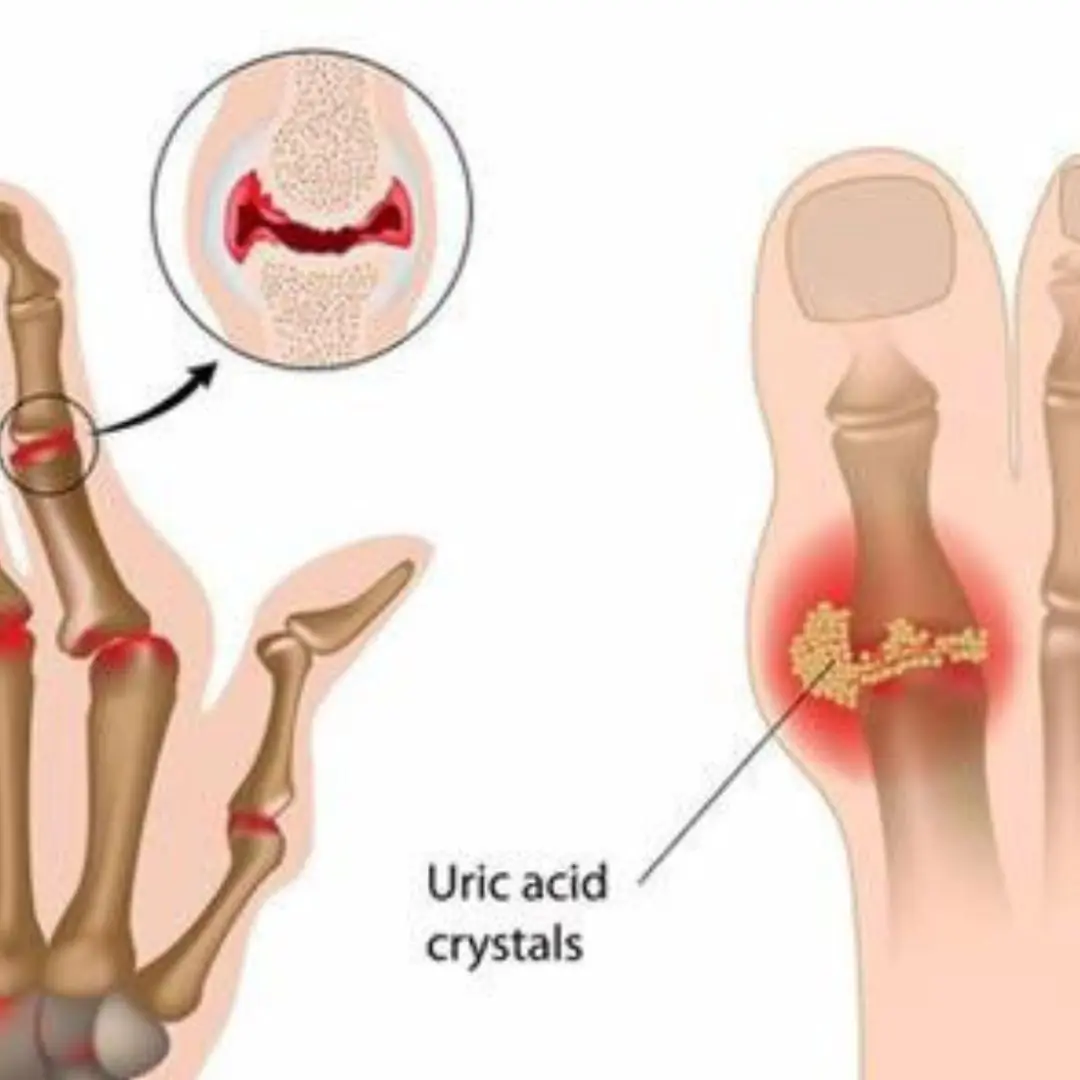
The #1 Drink to Reverse High Uric Acid and Gout — Backed by Science
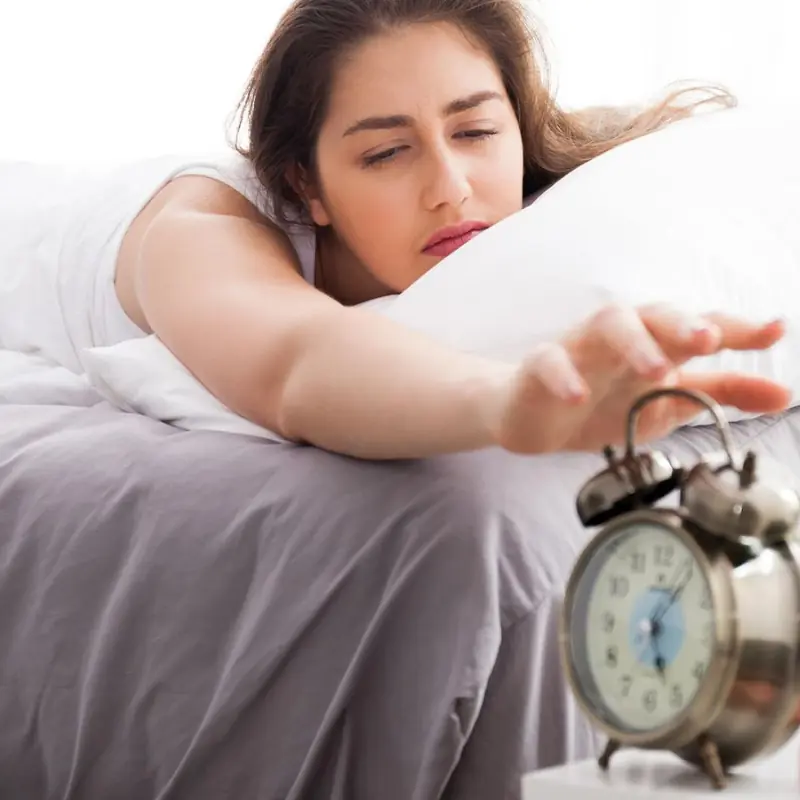
If You Wake Up With These 4 Morning Symptoms, Sorry — Your Kid.neys May Be in Trouble

Drinking Coffee at the Wrong Time May Harm Your Heart:

Cardiologist reveals 3 drinks that help control blo.od pressure

A single ingredient to combat bone pain, diabetes, anxiety, depression, and constipation
